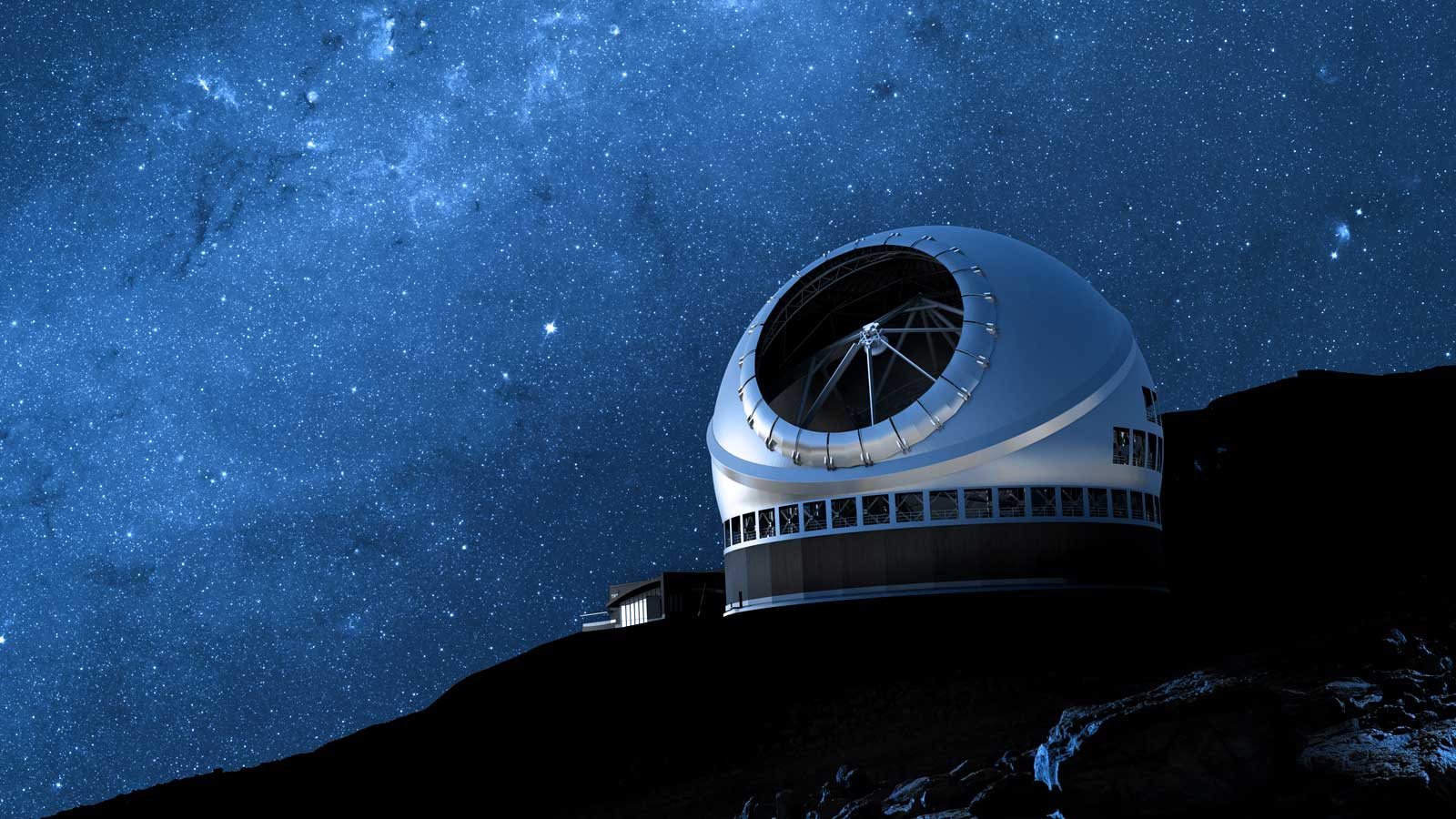
The IRIS Exposure Time Calculator (ETC) is a tool to assist with the development of science cases that involve observations with IRIS (TMT's first light diffration limited near-IR (1-2.4 µm) imager and Integral Field Spectrograph). The IRIS ETC carries out a full decomposition with the expected PSF and may take several seconds to run.
IRIS Exposure Time Calculator User Guide
Enquiries and questions to: instruments@tmt.org
The IRIS ETC was developed by members of the IRIS technical team at UC San Diego in collaboration with Caltech/IPAC: Eric Oh (IPAC), Jacob Llamas (IPAC), Nils-Erik Rundquist (UCSD), Arun Surya (UCSD), Greg Walth (Carnegie), and Shelley Wright (UCSD).